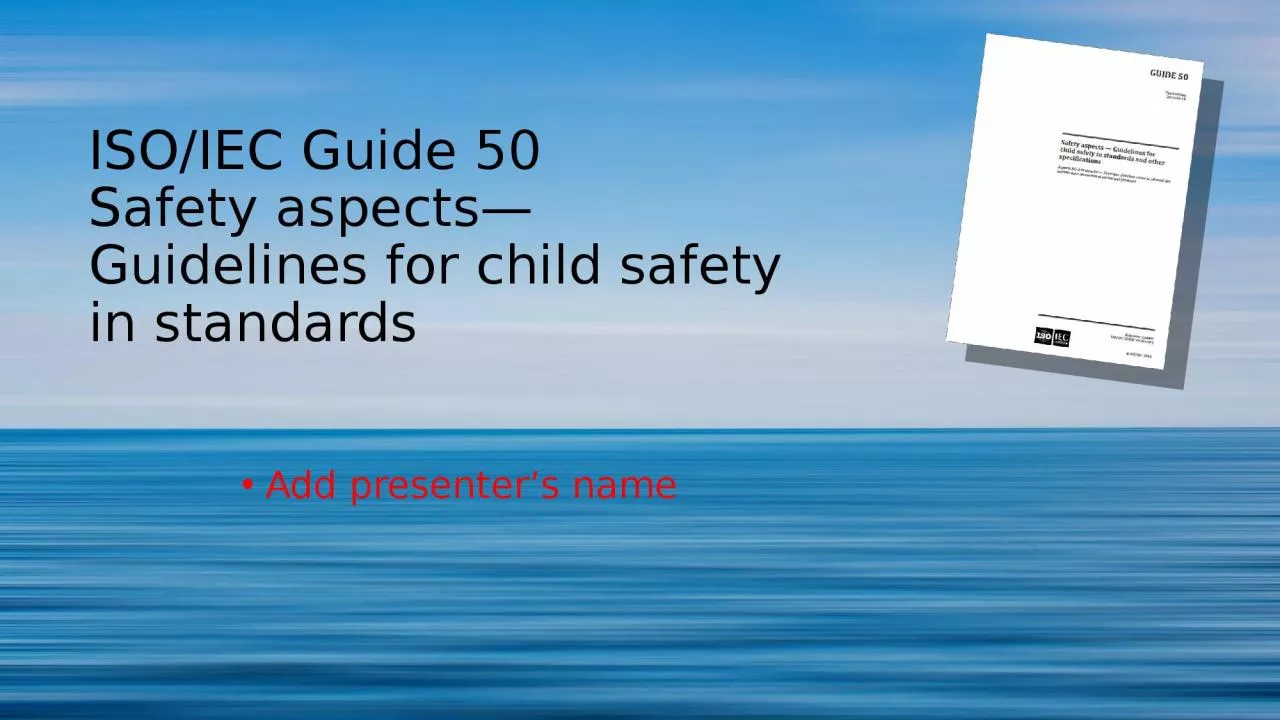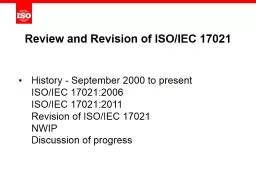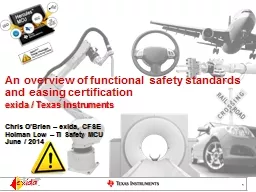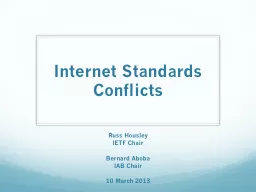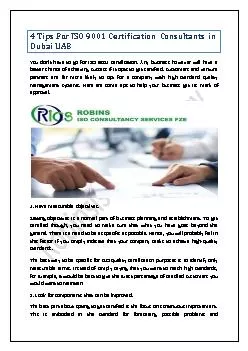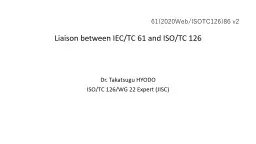PPT-ISO/IEC Guide 50 Safety aspects— Guidelines for child safety in standards
Author : ashley | Published Date : 2024-03-13
Add presenters name A major child health issue Child safety is a major concern for society because child and adolescent injuries are a major cause of death and
Presentation Embed Code
Download Presentation
Download Presentation The PPT/PDF document "ISO/IEC Guide 50 Safety aspects— Guide..." is the property of its rightful owner. Permission is granted to download and print the materials on this website for personal, non-commercial use only, and to display it on your personal computer provided you do not modify the materials and that you retain all copyright notices contained in the materials. By downloading content from our website, you accept the terms of this agreement.
ISO/IEC Guide 50 Safety aspects— Guidelines for child safety in standards: Transcript
Download Rules Of Document
"ISO/IEC Guide 50 Safety aspects— Guidelines for child safety in standards"The content belongs to its owner. You may download and print it for personal use, without modification, and keep all copyright notices. By downloading, you agree to these terms.
Related Documents

